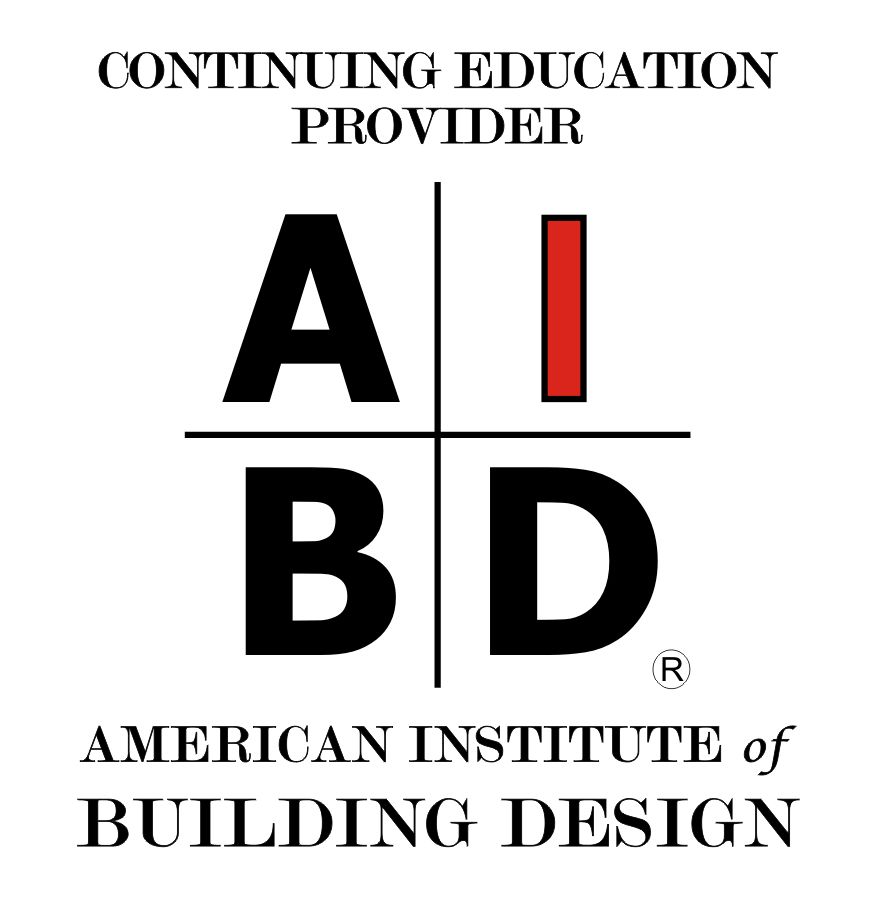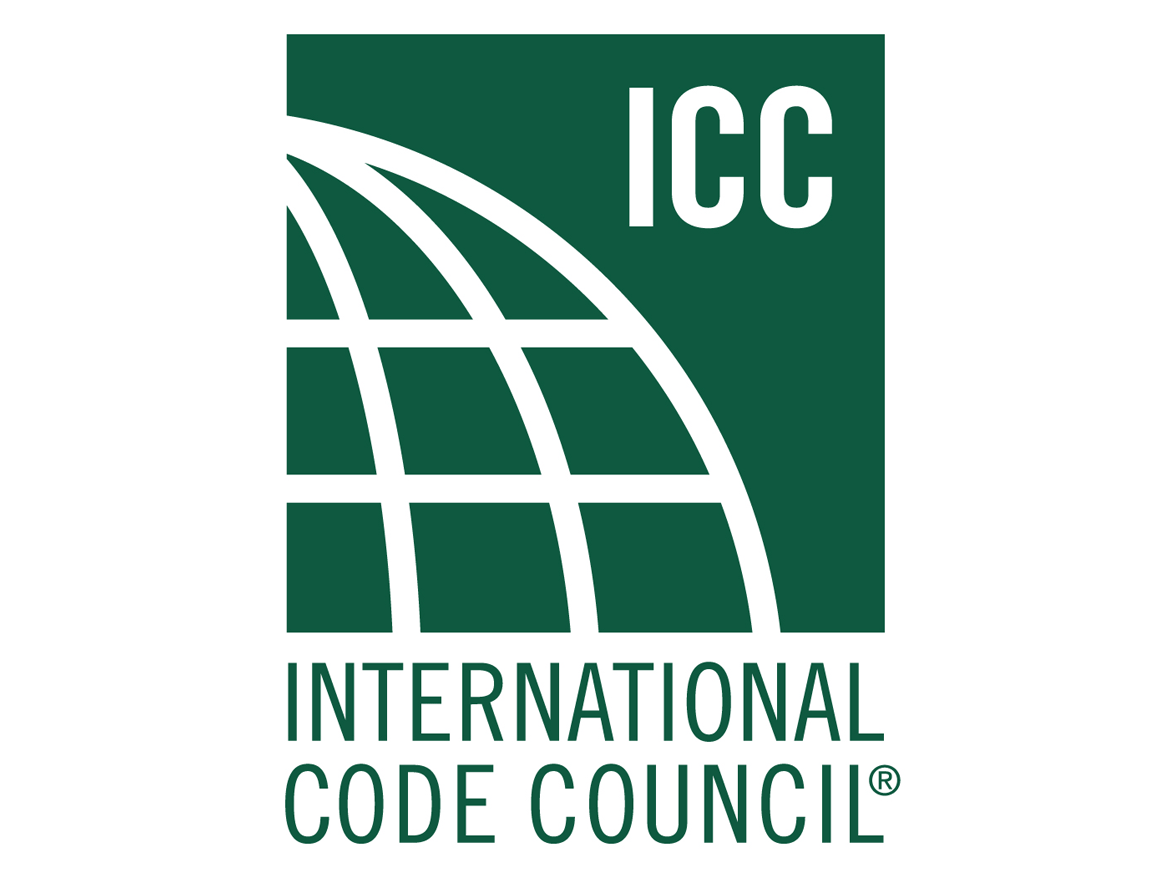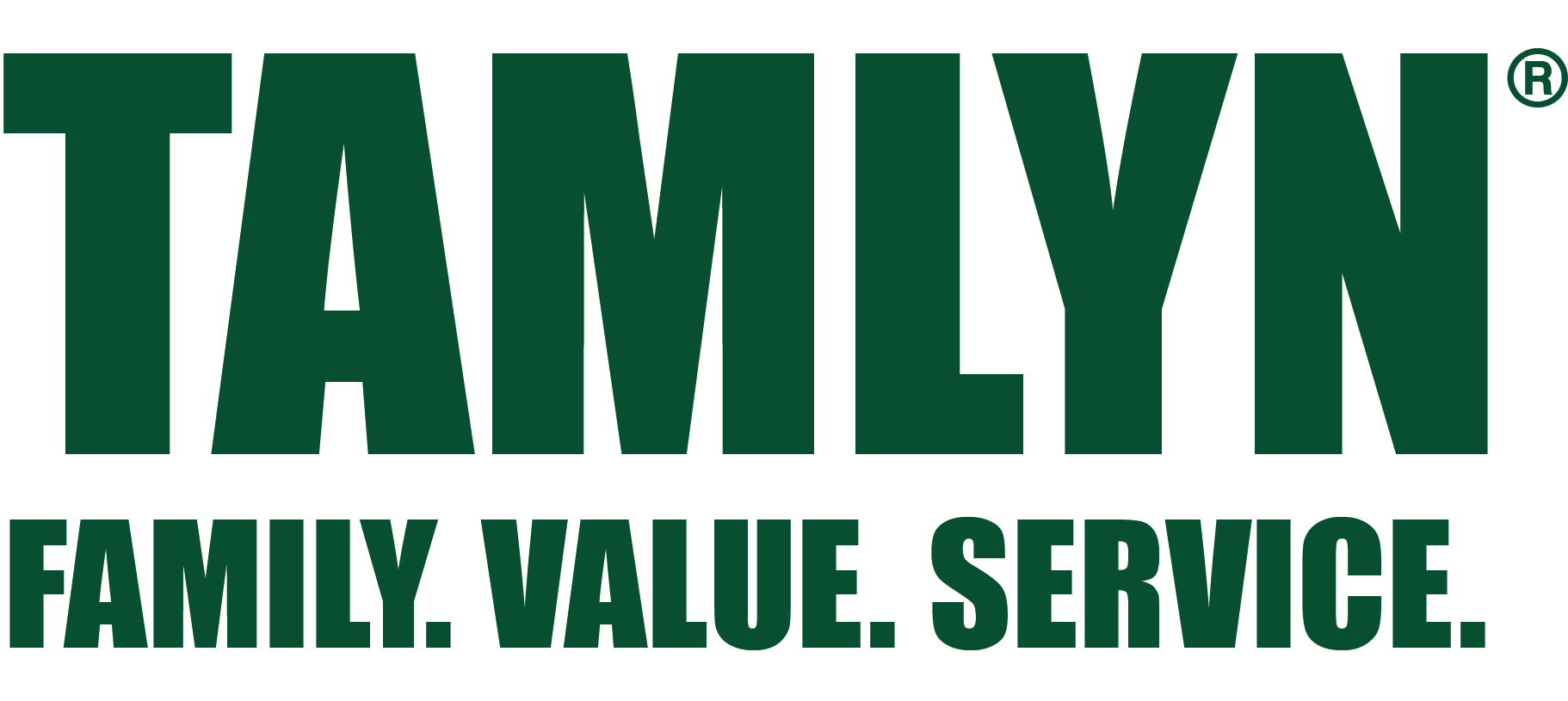Credits: 1 AIA LU/HSW; 1 AIBD P-CE; 0.1 ICC CEU; 0.1 IACET CEU
May qualify for learning hours through most Canadian architectural associations
This webinar is part of the Multifamlily Housing Academy
Aluminum, as a metal, can play a significant role in reducing GHG emissions in the construction industry. This is especially true when specifying extruded aluminum trim, which can offer a wealth of benefits while helping support sustainability goals. From the lightweight nature of aluminum, which reduces energy use during transportation, to its durability and corrosion resistance, aluminum addresses both the embodied and occupied carbon footprint of a project. In addition, extruded aluminum trim provides flexibility in design, allowing for customization to support aesthetic goals, while also employing modern thermal bridging technology.
This webinar will look at specifically how extruded aluminum trim can be a valuable tool in the architect’s design kit when trying to reduce a project's carbon footprint while also achieving aesthetic and performance goals.
Learning Objectives:
- Identify the natural benefits of aluminum that help support environmental and sustainable goals for a building project.
- List the attributes of extruded aluminum trim that can help reduce both the embodied and occupied carbon footprint of a building.
- Recognize the design benefits of specifying extruded aluminum trim to achieve both high-performance exteriors and aesthetic goals.
- Discuss how aluminum can be an ideal choice for large projects where attention to detail is critical to satisfy environmental goals.
Sponsored by:




